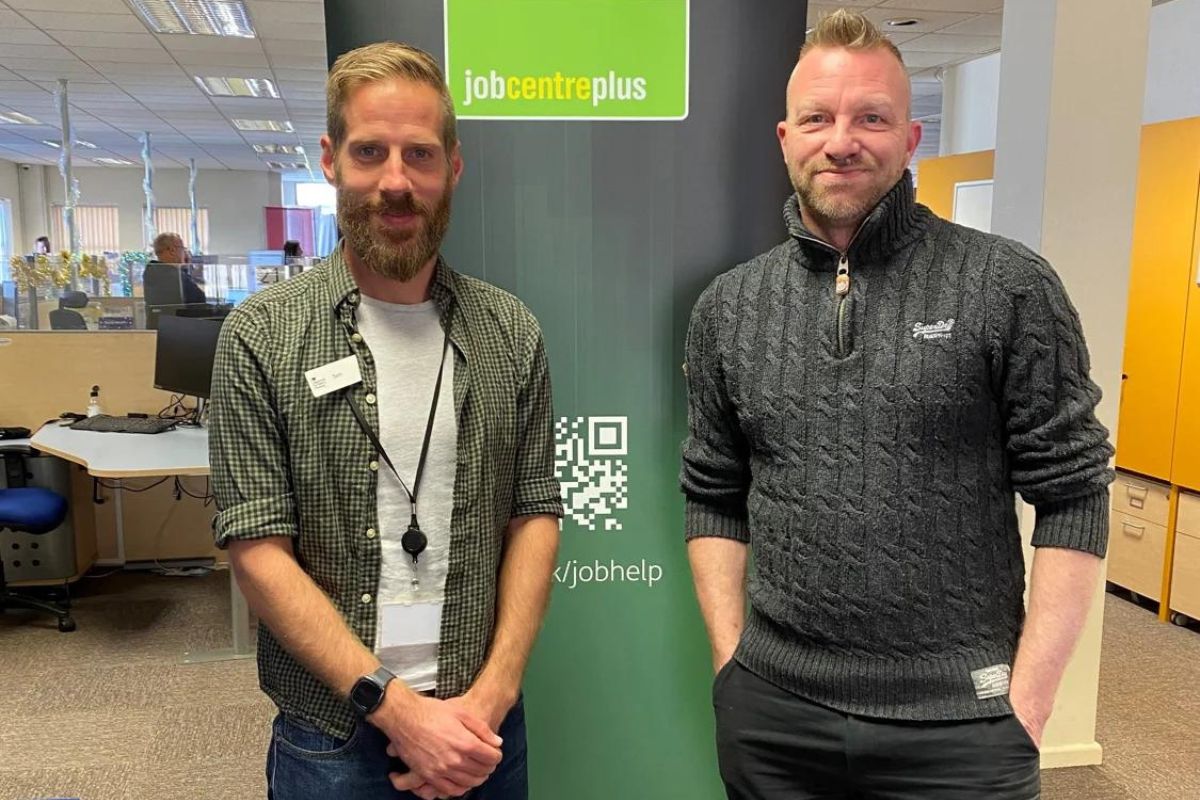Why defining roles and responsibilities in employability partnerships is crucial

In any partnership, a precise definition of roles and responsibilities is vital to avoid misunderstanding and conflict. Here’s how to lay the foundations for a successful partnership with an organisation.
As the IEP grows and takes on challenges in various countries and across the UK, the need for delivering strategic and operational priorities alongside and through other organisations becomes paramount.
It is clear that you cannot work with organisations that do not share your vision, mission and values (so far, we have been very fortunate to come across organisations that clearly do). But it is also important to define roles and responsibilities within the partnership, even where there is real alignment.
A well-articulated statement
In my experience when defining roles and responsibilities in employability partnerships, it is pivotal to create a well-articulated statement that clearly defines each partner’s functions and obligations, fostering a harmonious and productive collaborative environment.
A precise definition of roles and responsibilities
In any partnership, a precise definition of roles and responsibilities is crucial. This is to avoid any misunderstanding or overlap that could lead to conflict or inefficiency. Clarity ensures that each partner knows what is expected, reducing the chance of friction and facilitating the synergy necessary for the partnership’s success.
Roles within a partnership refer to the specific positions or titles held by the individuals or entities involved. These roles come with certain expectations regarding decision-making, leadership, and execution of tasks. Defining roles is essential, as it provides structure and allows partners to operate within clear and recognised boundaries.
In a business partnership, typical roles could include CEO, CFO, or Operations Manager. Each of these roles requires distinct skillsets and focuses on different aspects of the business.
Responsibilities, on the other hand, refer to the specific tasks or duties that each partner is expected to fulfil. They are typically aligned with the defined roles and are crucial for the smooth operation and success of the partnership.
A CFO would have responsibilities like managing financial risks, financial planning and record-keeping, while an Operations Manager would oversee the day-to-day running of the business.
Defining roles and responsibilities must be meticulously articulated and documented, ideally within a partnership agreement. This document should serve as a reference point for resolving any disputes or uncertainties regarding what is expected from each partner.
Open communication and negotiation
Open communication and negotiation are integral when establishing roles and responsibilities. Each partner’s thoughts, concerns and preferences should be acknowledged and addressed, ensuring all parties feel valued and understood. Revisions can be made to roles and responsibilities over time as the partnership evolves, reflecting any changes in objectives, capabilities or external circumstances.
While clear definitions are essential, a degree of flexibility is also beneficial. The ability to adapt roles and responsibilities in response to new opportunities or challenges can help optimise the partnership’s potential.
For a partnership to thrive, mutual respect and trust must underpin interactions and decisions. When roles and responsibilities are accepted and valued by all partners, it nurtures a positive working environment conducive to collaboration and shared success.
Even with well-defined roles and responsibilities, conflicts may arise. Having predetermined, fair conflict resolution mechanisms is paramount. These mechanisms should emphasise resolution through dialogue, compromise and – if necessary – third-party mediation.
Clearly defined roles and responsibilities facilitate the assessment of each partner’s performance and the establishment of accountability. Regular evaluations, feedback and adjustments ensure the continual alignment of individual contributions with the partnership’s goals and objectives.
Conclusion
In conclusion, defining roles and responsibilities in partnerships is a multifaceted process involving the clear articulation of positions and duties, open communication, flexibility, mutual respect and effective conflict resolution. The essence of these definitions is to create a balanced, harmonious environment where each partner can contribute effectively to achieving shared objectives. When roles and responsibilities are clear, documented and mutually agreed upon, partnerships are more likely to flourish and withstand the tests of time and adversity.
By Scott Parkin FIEP, Group Chief Executive, Institute of Employability Professionals (IEP)
Scott Parkin is Group CEO of the Institute of Employability Professionals (IEP), the international membership body for employability professionals. The IEP is dedicated to supporting the people who support others gain work, progress in work and retain work. Scott is passionate about the development of people across the public services sector and has spent nearly 30 years in the Employment, Skills, Social Care, Housing, Justice and Health-related service sectors within a number of private, public and voluntary sector organisations, from large national employers to SMEs.











Responses